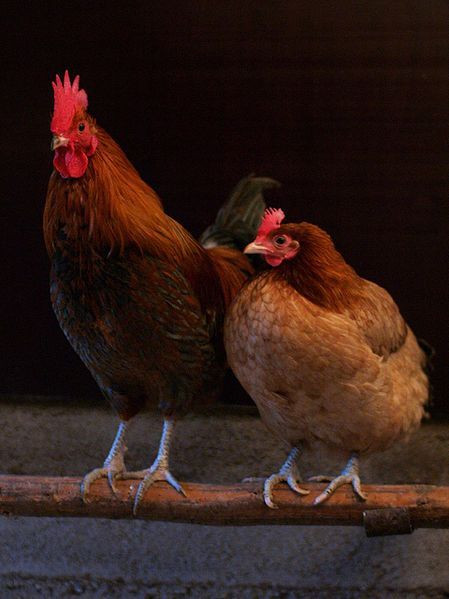Scientists Uncover Gene That Causes Birds To Lose Their Penis; What Can Humans Learn From This Evolutionary Trait?

For years, scientists have been unable to explain why many bird species grow a penis in the embryo, only for it to wither away before it hatches. Researchers from the University of Florida claim they have produced detailed findings that show what happens to a bird's penis during development.
"One of the most puzzling events in evolution is the reduction and loss of the phallus in birds," explained lead researcher Martin Cohn.
"All birds reproduce by internal fertilization, but only ∼3% of birds have retained a phallus capable of intromission."
Cohn and his colleagues based their analysis on two closely related species of bird, land fowl, and waterfowl. Two other species of animals were tested including the larger flightless bird, emu, and alligators, considering birds and reptiles come from the same line in evolution, but reptiles keep their penis throughout development.
The research team used electron microscope imaging to examine each species and when their embryos began to develop. In the land fowl, a specific gene known as Bmp4 was responsible for triggering the signal in the penis to stop growing. When this gene was turned off in land fowl chicks, the penis was able to grow properly.
"Galliform (land fowl) embryos undergo cryptic development of a genital tubercle, the precursor of the phallus, but this later undergoes apoptosis, leading to regression of the tubercle. At the molecular level, a derived pattern of Bmp4 expression was identified in chick (a galliform) genital tubercles," Cohn added.
"Inhibition of Bmp signaling in chick genitalia rescues cells from apoptosis and prevents phallus regression, whereas activation of Bmp signaling in duck (an anseriform) genitalia induces a galliform-like pattern of apoptosis."
Don't worry humans, Bmp4 or bone morphogenetic protein 4, has little to do with the embryonic makeup of Homo sapiens. However, increased expression of the gene has been known to causes various forms of bone disease.
Source: Cohn M, Herrera A, Shuster S, Perriton C. Developmental Basis of Phallus Reduction during Bird Evolution. Current Biology. 2013.
Published by Medicaldaily.com



























